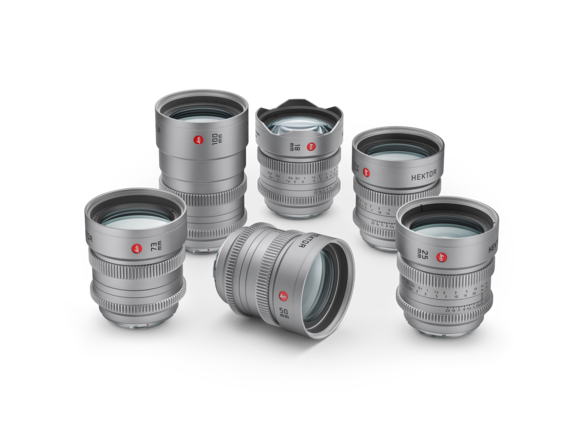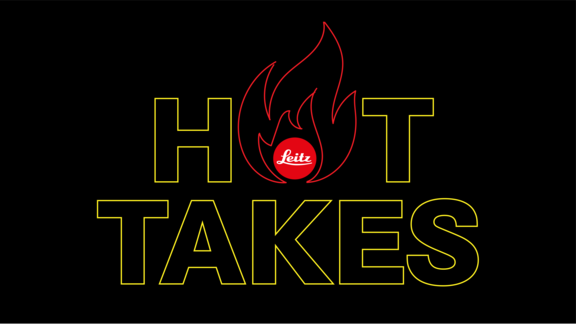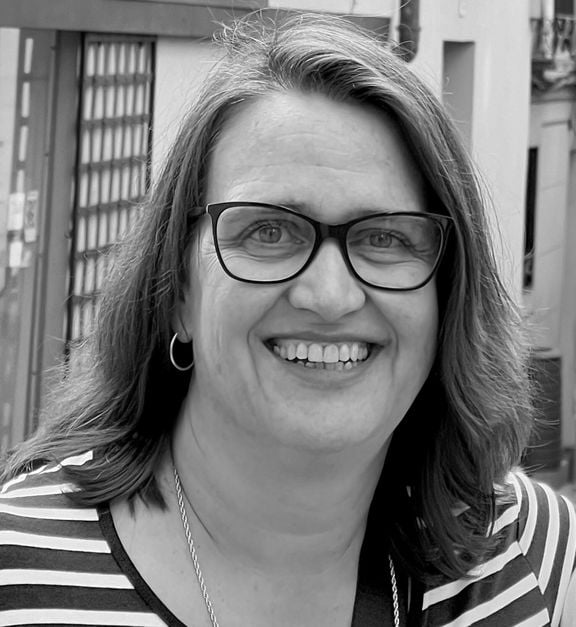JUNE 16, 2021
ERIK MESSERSCHMIDT, ASC CRAFTS MANK’S PERIOD AESTHETIC WITH MODERN TOOLS
Mank is a beautifully unassuming dance of cinematography in which modern tools and techniques intertwine with historical methods and aesthetics to create a film that feels both familiar in its modernity while remaining unmistakably period in its execution. Academy Award-winning cinematographer Erik Messerschmidt, ASC discusses how he and director David Fincher crafted a film about old Hollywood in their own style.
By Erik Messerschmidt, ASC
In conceptualizing the look of Mank, David Fincher and I committed to two components that were a departure from the way we had worked in the past. One was utilizing a deep depth of field, which master cinematographer Greg Toland, ASC and other DPs working at the time used regularly. The other was lighting with a lot of light and creating more aggressive falloff while pushing the camera hard in underexposure and contrast. Many choices made by cinematographers of the Citizen Kane era were driven by the limitations of the tools available to them. Rather than try and recreate a restrictive environment, we chose a camera and lens combination with the RED Helium 8K camera and the Leitz SUMMILUX-C lenses that allowed us to create these aesthetic components faithfully but not compromise on quality or workflow.
Shooting and Lighting at a Deep Stop
In my work on Mindhunter, and much of David’s previous work, the composition is very structured, and focus is an important element of how we direct the audience’s eye when trying to achieve something from a storytelling perspective. Initially, I was concerned that we would miss this element of storytelling. I’ve never shot anything that deep unless we accidentally left the ND filters on the prep room floor. But David was adamant about exploring and working in a deep depth of field and it became something of a philosophical dialogue. How would we structure compositions differently without the element of focus? It was a dynamic challenge that I learned how to achieve as we went along. I began looking for symmetry and perspective to direct the audience’s eye and we tried to approach each composition structurally to encourage the audience to look here or there.
Hand in hand with the deep depth of field comes lighting. Generally, to shoot at T11 or T16 you need a LOT of light. Most of the work I’ve done and like to do historically is a very low key, overhead, top lit, and underexposed aesthetic. That’s substantially more difficult when you’ve got 100-150 footcandles on set, but that’s not how we wanted it to look anyway so I had to rethink my lighting approach.
Fortunately, the fear of so much light turned out to be less problematic or intimidating then I expected and in the end I quite enjoyed it. A big part of removing that fear was shooting on the RED Helium 8K Monochrome camera. It takes in a lot more light and we were able to comfortably rate the camera at 3200 ASA, which comparably meant lighting at a T5.6 or T8 stop in an 800 ASA world.
We still had the issue of lenses for the project and we did a substantial amount of testing. Shooting at such a slow stop brought concerns of diffraction and resolution loss, which is one of the reasons we chose the Leitz SUMMILUX-C lenses. No lenses are at peak performance at T16, but when I projected them at Keslow Camera they were still quite good. Our hypothesis going into testing was that larger format lenses would work better at resolving the image at that stop, but to our surprise we discovered that the SUMMILUX-C lenses actually gave us more apparent depth of field.
We did extensive testing with Dan Sasaki at Panavision and Freddy Saladin at Keslow and discovered that we could shoot the SUMMILUX-C’s at T11 and get a matching apparent depth of field of a Master Prime or Primo 70 or Thalia or Signature Prime at T16. By shooting a full stop faster we could actually gain resolution while introducing less diffraction and aberration to the digital negative. The additional stop also meant using less light than originally anticipated. The best explanation we came up with to explain this phenomenon was that the physical size of the iris on the SUMMILUX-C lenses is smaller at that stop then the larger format lenses, and as a result the areas that were slightly out of focus were actually less out of focus. By the end of testing period we were confident that this lens and camera combination was perfect for this project.
LED Walls and Virtual Production
We used LED screens for all of our driving scenes in Mank, as well as the scene where Mank and Marion meet in the oasis. In some cases we shot plates but we also had the team at Territory Studio create an entirely CG drive down Wilshire Boulevard in the 1930s that we used for the driving scene with Mank and Sarah. David has used similar techniques going all the way back to Gone Girl. And although the LED application is relatively new, the concept and technique were in regular use by Alfred Hitchcock and others decades ago.
Shooting screens requires an act of balance between size and practicality and budget. You want the screen as far away from the actors as possible, but further away means bigger and more expensive. I like to keep the LED wall at 15-20’ away from the camera at all times. Parallax is much less extreme when it’s far away and it also minimizes moiré. Getting everything right requires a fair amount of previsualization.
On Mank I shot the virtual production scenes at T8, which kept the edge of focus just in front of the wall so it wouldn't moiré but the background still appeared sharp. A big challenge in this type of work is getting the 2D background plate, which is often shot sharp, to fall proportionally out of focus even though it may be just a few meters from the camera. Also, because we are photographing a wall of Red, Green and Blue LEDs, lenses with a lot of built-in chromatic aberration can yield undesirable results. Telecentric and rectilinear spherical lenses like the Leitz SUMMILUX-C help with this because they handle the highlights so well and they are flat and consistent, so the trick is less apparent.
Art Directing Flares
I have a love/hate relationship with flares. Sometimes I find that I can’t get them when I want them or can’t get rid of them when I don’t. When discussing the look of light sources in the frame for Mank, David and I referenced some old films like The Big Combo, which has these spectacular ring flares around the car headlights. I loved the look and thought it was very period appropriate so we tested some old Bell & Howell lenses as well as original Panchros but couldn’t get it quite right. In the end we opted for working them in later with visual effects.
The Leitz SUMMILUX-C lenses are amazing in many ways. They’re like trusty old friends that never let me down, but they’re almost impossible to flare, which is frustrating at times when you want them to. They do allow me to shoot directly into light bulbs and bright sources though. It has to be said that monitoring in HDR on set brings an incredible amount of confidence to shooting like this too. It’s so much easier to control exposure by monitoring this way.
By oversampling and protecting ourselves with the combination of the Leitz lenses and the RED sensor, we could shoot directly into these sources, especially the unfrosted 40W incandescent bulbs, and get great basic flares off the lenses that we could build on later. I compiled a variety of flare references for David, and he sent them on to the VFX artists. In post we were able to art direct the flares to create looks that we would have never been able to fully achieve practically.
Part of this is also an ethos of how David and I work. Our bottleneck is never in the capture of the image so that we’re not limited later because of a choice we made on set. In a way all of this is holistically planned because we know where we want to be at the end. We don’t rely on happy accidents. There’s nothing wrong with working that way, and for my next film after Mank I shot Panavision with heavily modified vintage lenses because it was right for that project, but for David and I it doesn’t fit the paradigm.
Mank is available for streaming on Netflix.
Interview by Seth Emmons


